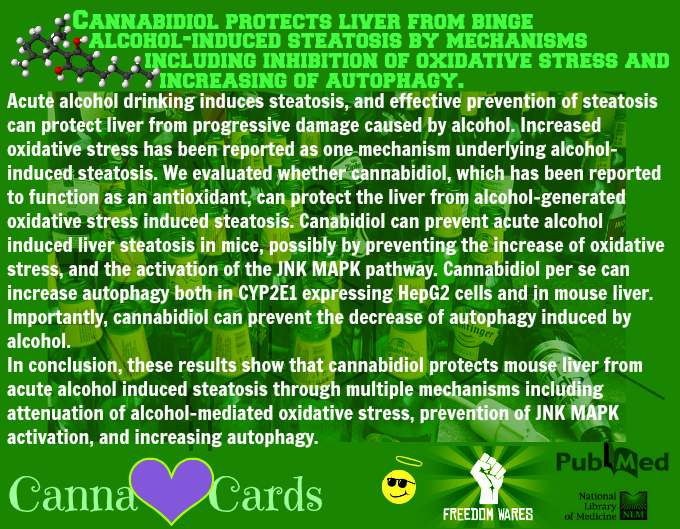2014;125:293-311. doi: 10.1016/B978-0-444-62619-6.00018-5.
 Molecular imaging in alcohol dependence.
Molecular imaging in alcohol dependence.
Abstract
The cellular mechanisms of alcohol’s effects in the brain are complex, targeting multiple transmitter systems. Molecular imaging has been used to study the effects of alcohol and alcohol use disorders on these various systems. Studies of dopaminergic indices have provided robust evidence for deficits in D2-mediated transmission in the striatum of chronic recently detoxified alcoholics. Their presence in the at-risk state prior to excessive drinking, and their recovery after long-term sobriety, are unclear and represent an active area of current research. Investigations of the GABAergic system have shown generalized deficits in various brain regions in the chronic abstinence phase. Studies of the opiate system have suggested alterations in some subtypes in discrete brain regions, including the ventral striatum, while studies of serotonin have been negative and those of the cannabinoid system have been inconclusive. Future investigations should target the glutamatergic system, which plays an important role both in the acute intoxicating effects of alcohol as well as in the long-term effects associated with dependence.
© 2014 Elsevier B.V. All rights reserved.
© 2014 Elsevier B.V. All rights reserved.
KEYWORDS:
CB1; GABA; PET imaging; alcohol; dopamine; opiate receptors; serotonin
- PMID:
25307582
[PubMed – in process]
-
LinkOut – more resources
Full Text Sources
Other Literature Sources
—Alcoholic liver disease: Pathogenesis, management, and novel targets for therapy.
—Endogenous cannabinoids in amygdala and hippocampus in post-mortem brains of Cloninger type 1 and 2 alcoholics.
—Changes in Cerebral CB1 Receptor Availability after Acute and Chronic Alcohol Abuse and Monitored Abstinence.
—The role of the endocannabinoid system in liver diseases.
—Enhanced Endocannabinoid-Mediated Modulation of Rostromedial Tegmental Nucleus Drive onto Dopamine Neurons in Sardinian Alcohol-Preferring Rats.
—The endocannabinoid system is altered in the post-mortem prefrontal cortex of alcoholic subjects.



